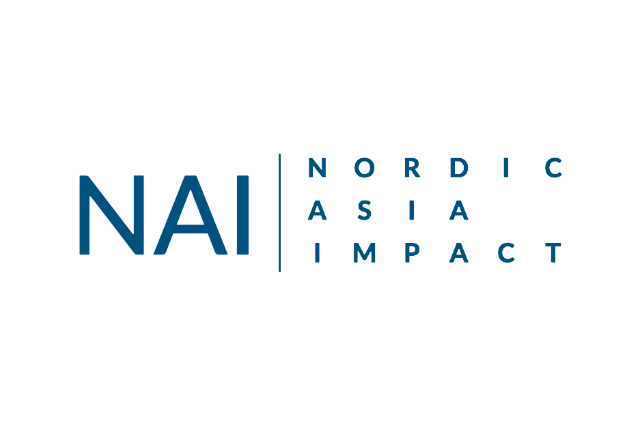In today’s world with new advancements in technologies and rise in globalization there has been a growing demand of energy, which has led many countries to make unsustainable choices to make ends meet. This has worsened the already deteriorating air quality and global average temperatures with an exponential rise of greenhouse gases released in the atmosphere. These issues have led to a paradigm shift where societies are looking for a sustainable energy cycle which could reduce the environmental impact as well as save money whilst not reducing the productivity. Hence, in 1992 at the United Nations Conference on Environment and Development (UNCED), Rio de Janeiro, the concept of “Eco-Industrial Parks” was introduced.
What are Eco-Industrial Parks?
Eco-industrial Parks (EIP) are defined as the community of industries located in the same area which are linked to each other in such a way that they can share the materials, ideas, the property or the infrastructure working in a symbiosis hence the name Industrial Symbiosis (IS) is also sometimes used. For example, we can consider two industries situated in an EIP. One industry produces glass and another produces paint. Usually, the glass industry uses lots of heat to melt the raw materials and produce the end product. Once the end product is obtained the heat is considered as waste and is cooled into water or air. But, in an EIP the waste heat from the glass factory can be sent to the paint industry where they can use that heat to create different dyes hence reducing the amount of heat being produced. This implementation of circular economy creates an economy which is resilient and regenerative.
There have been many implementations of EIPs but one of the best known example is Kalundborg, in Denmark. Kalundborg represents an IS where participants exchange water, heat and other by-products. These participants are local firms and communities and a lake and each of these participants are considered for the design.

Performance Indicators of an EIP:
Considering the future of every economy to be circular in nature, the World Bank with the help of UNIDO created a set of framework to make sure that the industries work in perfect symbiosis considering environmental, social and economic welfare of the community and the companies functioning in the EIP.
Environmental Performance:
The core idea for the implementation of an Eco-Industrial Park is to actively improve the energy efficiency for different process. And if not managed well this can lead to a potential adverse effect to the environment. Energy, water and waste management play major roles in the development of this circular economy. Where circularity of water and heat energy in an efficient way enables the symbiosis to potentially reduce the operation cost along with this also reducing CO2 and other effluent waste generated.
In the case of Kalundborg:
- Consumption of coal was reduced by 55,000 tonnes, and water by 3 million m3 due to 95% exchange of the resources.
- This helped to reduce the emissions by 240,000 tonnes CO2 and close to 68,000 tonnes SO2.
Social Performance:
Social aspect is an important role for the success of any EIP. Creating a good relationship between different companies makes a better condition for social integration amongst the workers making the plant more efficient and resilient. Although it is difficult to quantify social performance but to relative preference. World Bank with the help of UNIDO created a list of social performance requirements which are meant to be fulfilled based on the successful EIPs in the world. The social performance requirements consider three pillars to ensure a robust community, the pillars being, Social management system which deals with occupational health and safety, working hours, working conditions, rest days and compensations; social infrastructure such as gender equality, women empowerment, as well as an infrastructure for safer working conditions for women; local community dialogue and outreach to increase engagement between the industries and employees, investors and surrounding communities.
Economic Performance:
Other than offering a synergy between the industries with resource management and social compliances to make local communities better, EIP can offer economic gains and competitive advantages. As the resources are shared amongst the industries a low capital cost is needed to be spent on procurement. This intervention increases the efficiency and this leads to a minimal operation disruption. Along with this, EIP can drive a significant employment generation by offering strong incentive driven green economic structure which attracts high-quality investors. This also makes it easier to comply with targets during operation. EIP also provides with opportunities for SMEs and local businesses add value to the park as they can provide services to larger industries which will in the park.
In the case of Kalundborg:
- With the initial investment of $78.5 million during period between 1979-1993. The EIP was able to create a revenue of $12 million a year (making an average payback period of 5 years).
- The EIP due to exchange of resource is able to save close to $96 million a year.
References:
- World Bank (2017). An International Framework for Eco-Industrial Parks. 31-51.
http://hdl.handle.net/10986/29110. - We-economy: http://we-economy.net/case-stories/kalundborg-symbiosis.html
- Valenzuela-Venegas G, Henríquez-Henríquez F, Boix M, Montastruc L, Arenas-Araya F, Miranda-Pérez J, Díaz-Alvarado FA, A resilience indicator for Eco-Industrial Parks, Journal of Cleaner Production (2017), doi: 10.1016/j.jclepro.2017.11.025.
- http://www.symbiosis.dk/en/


